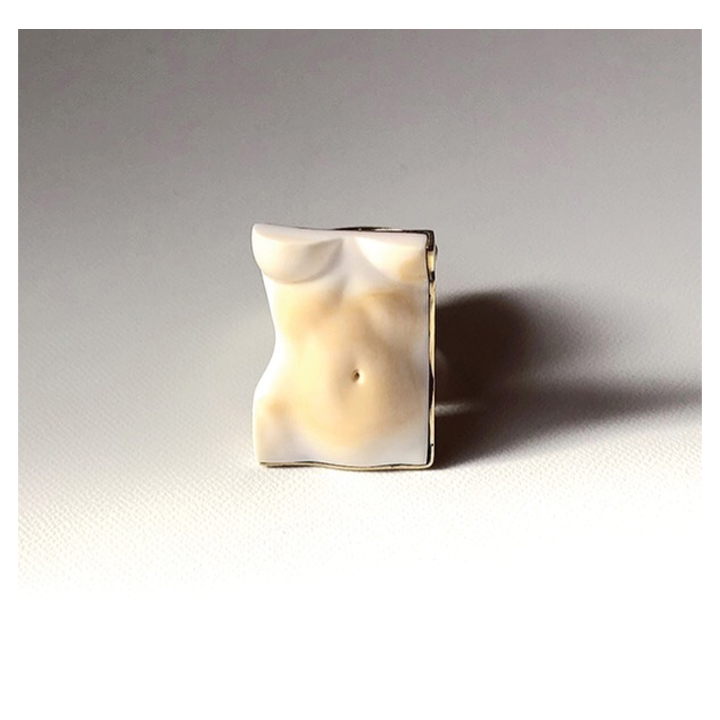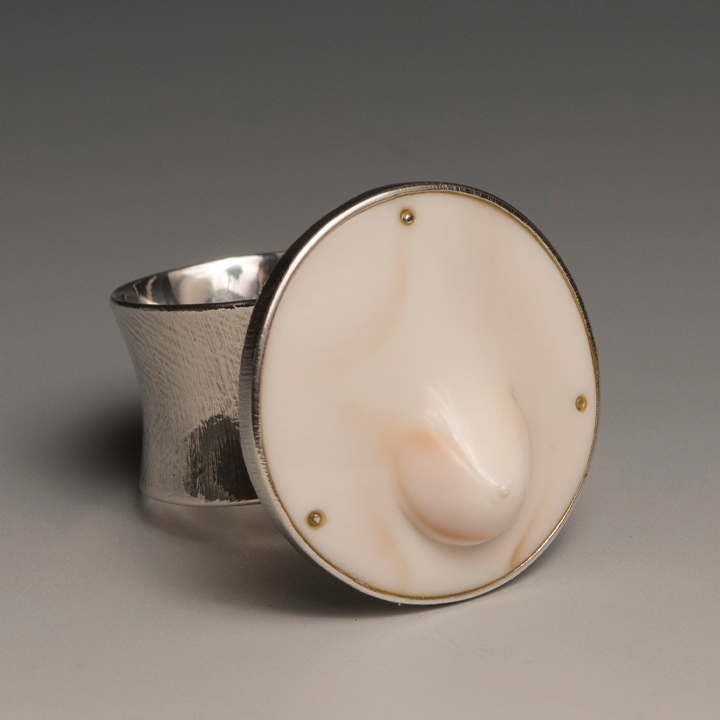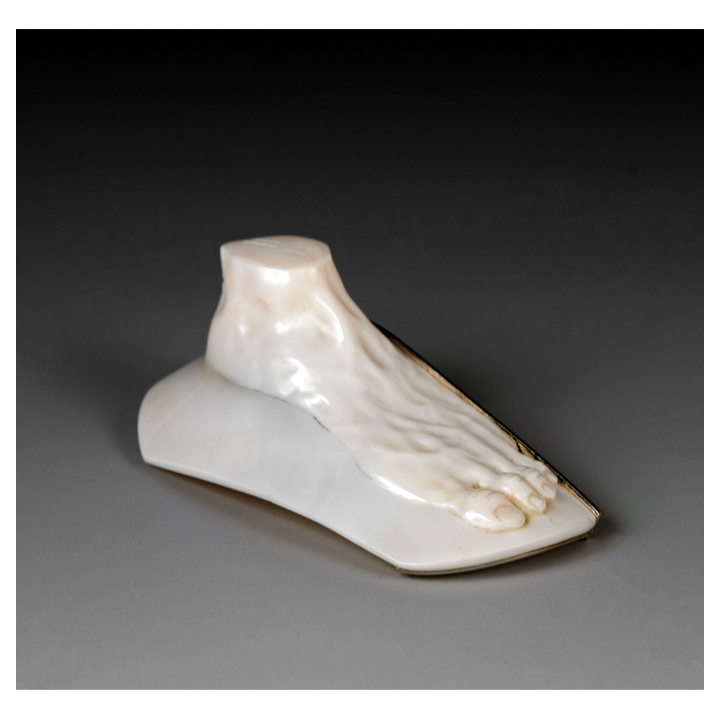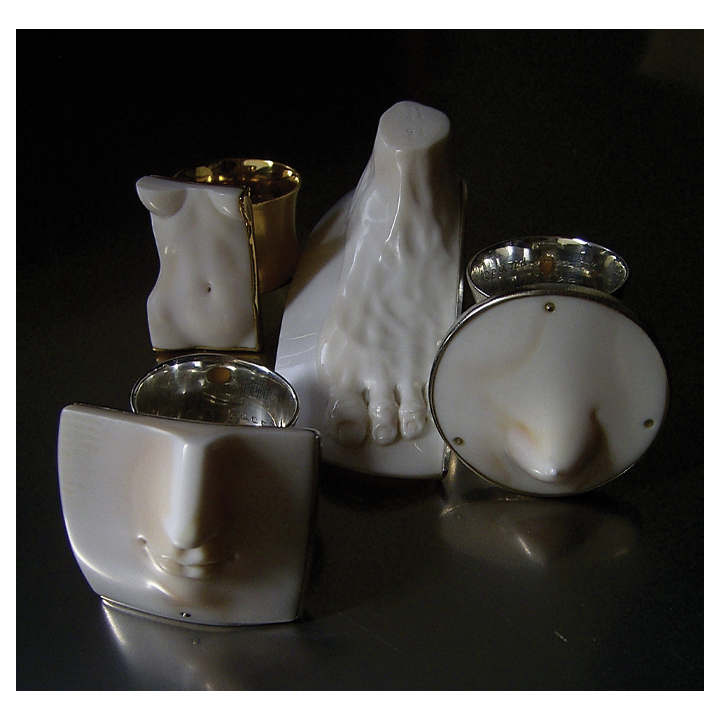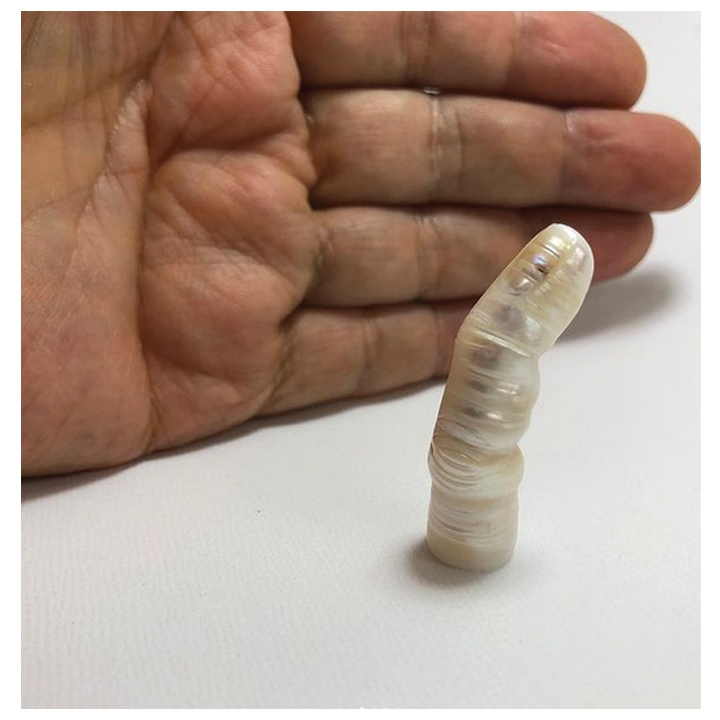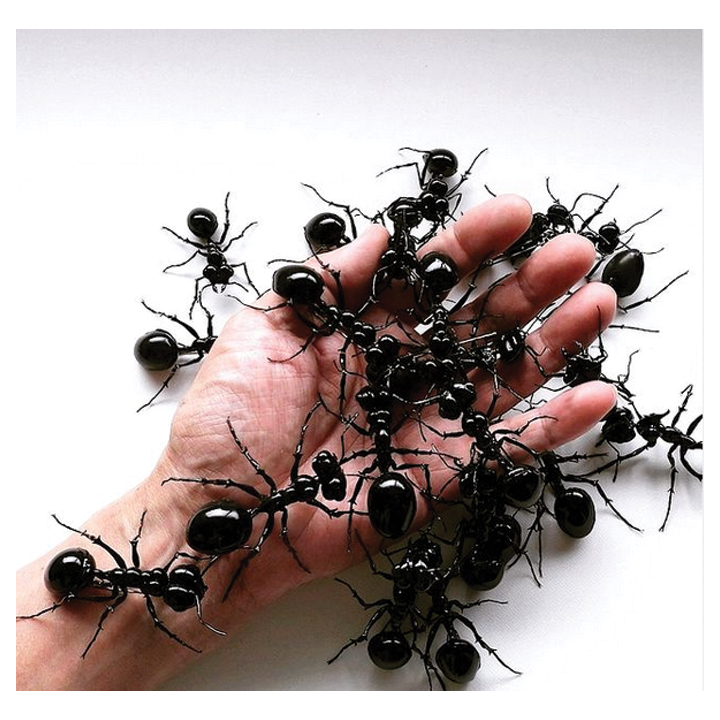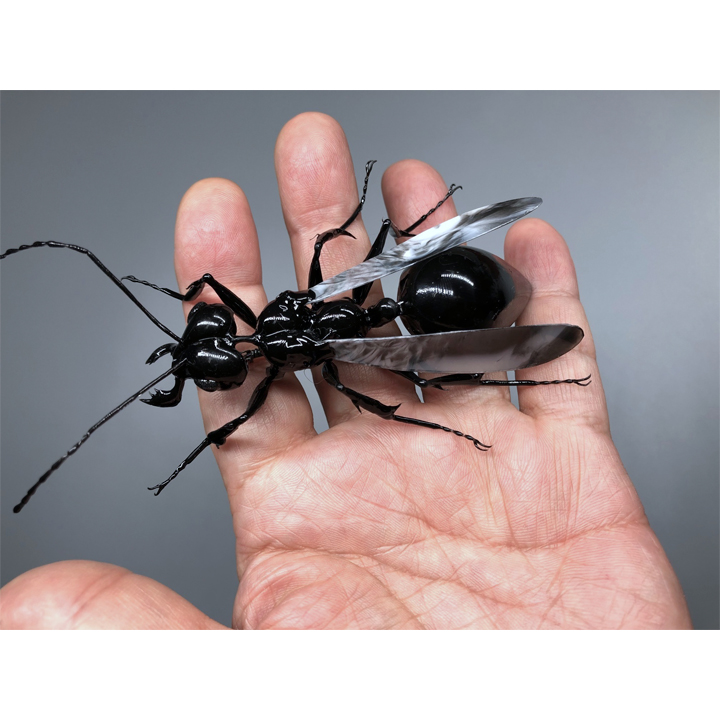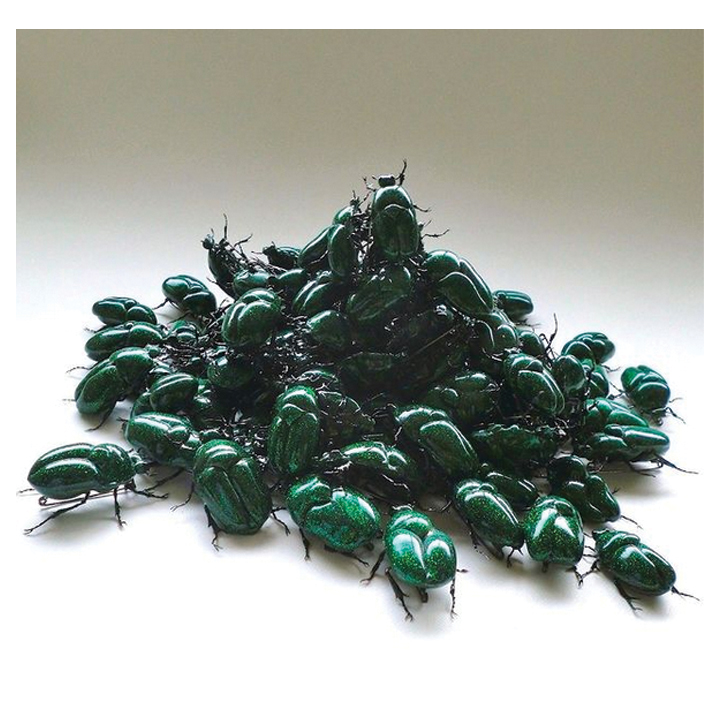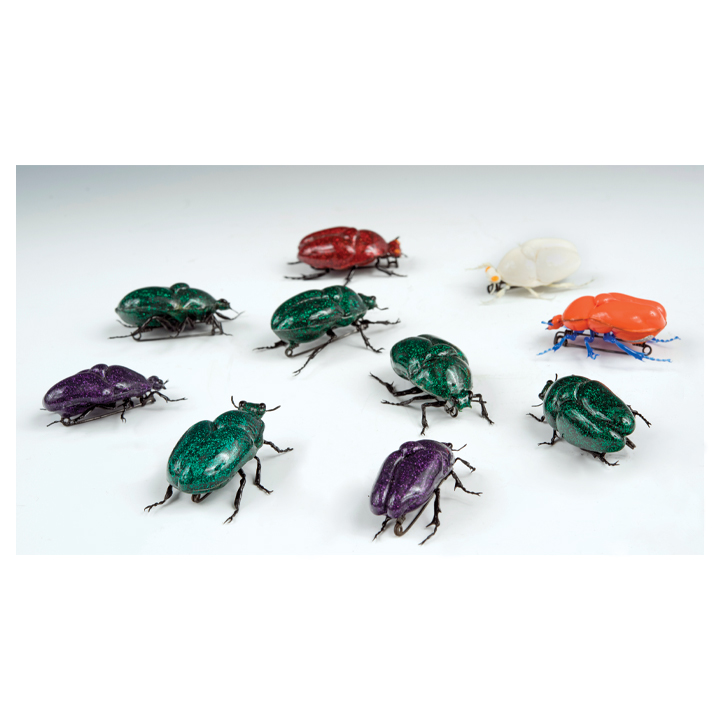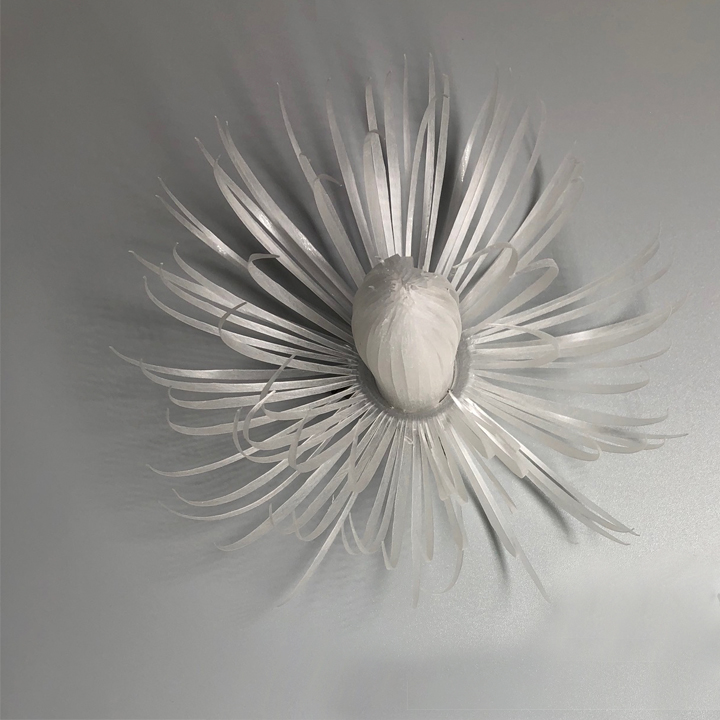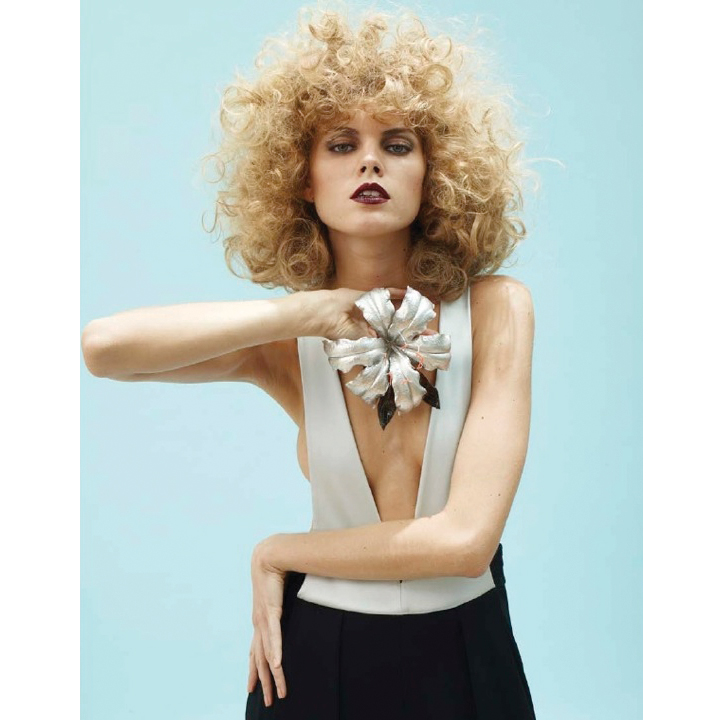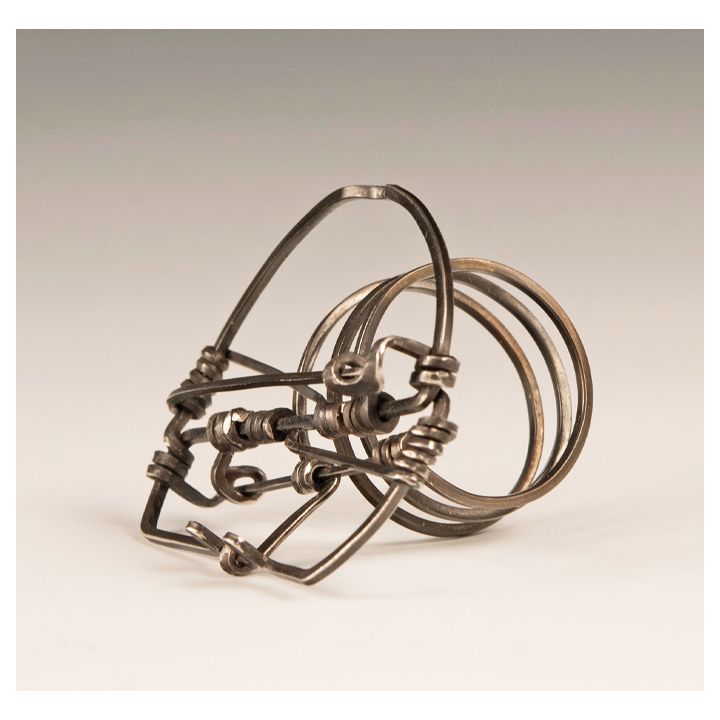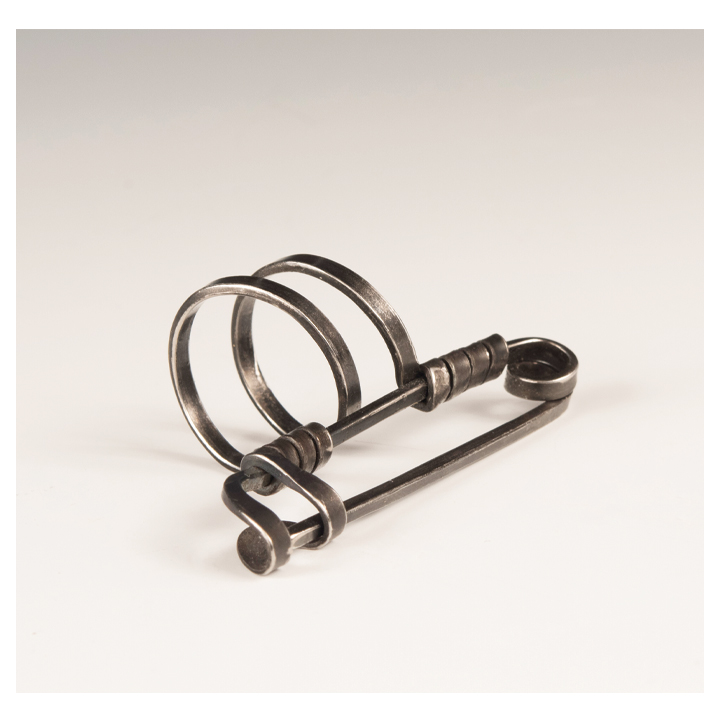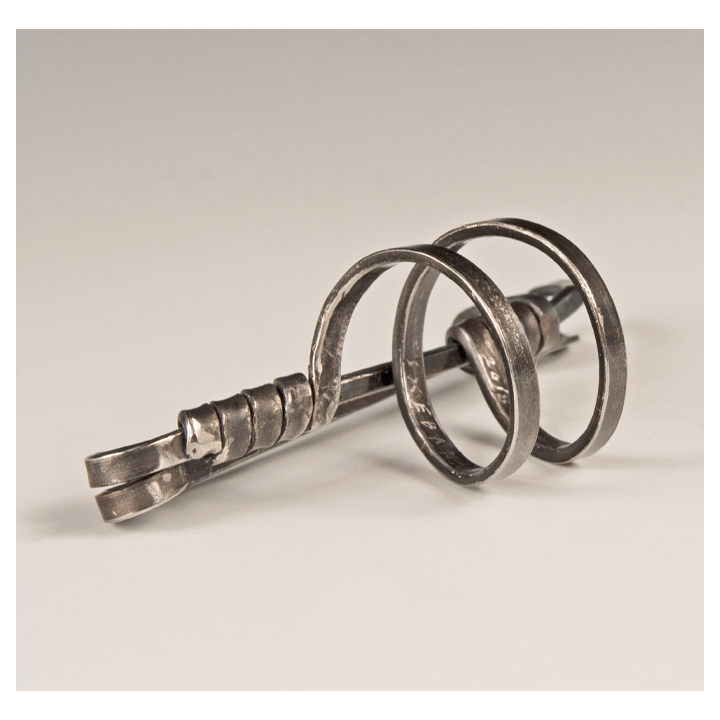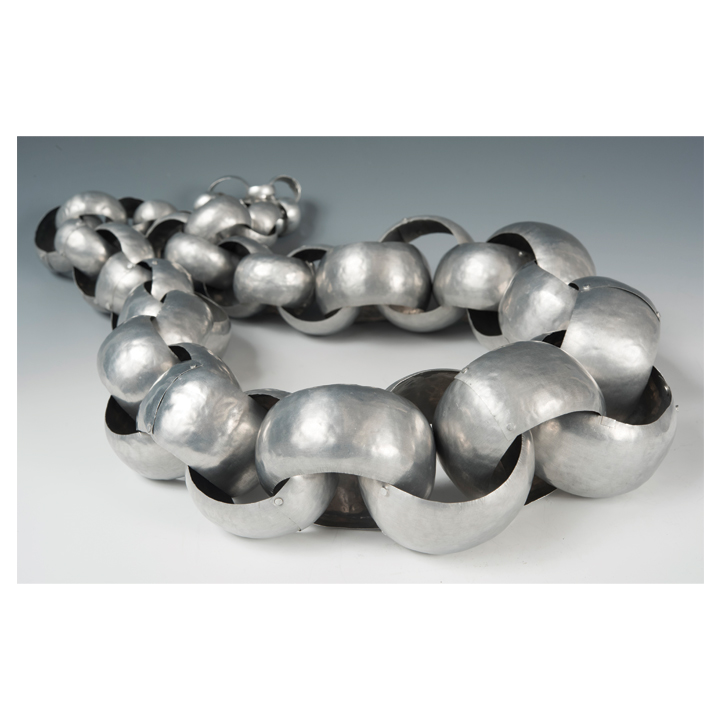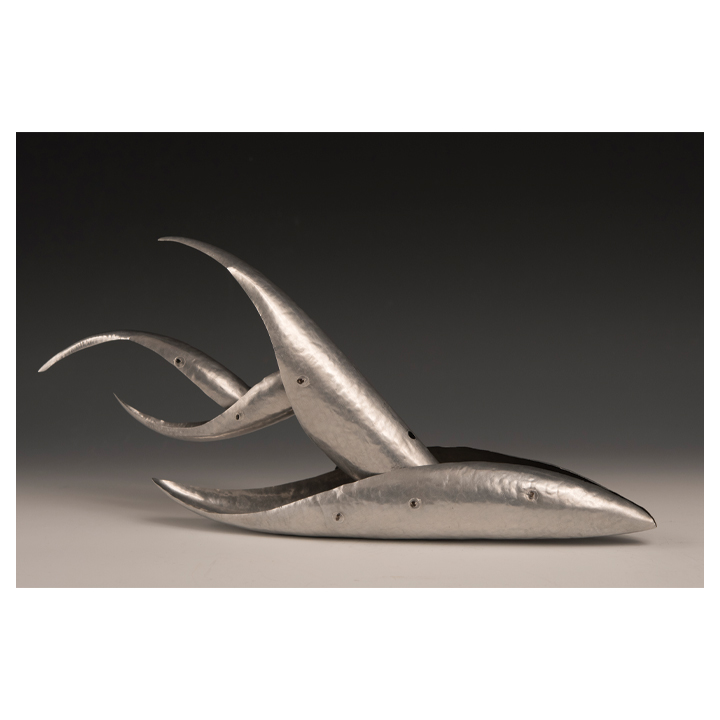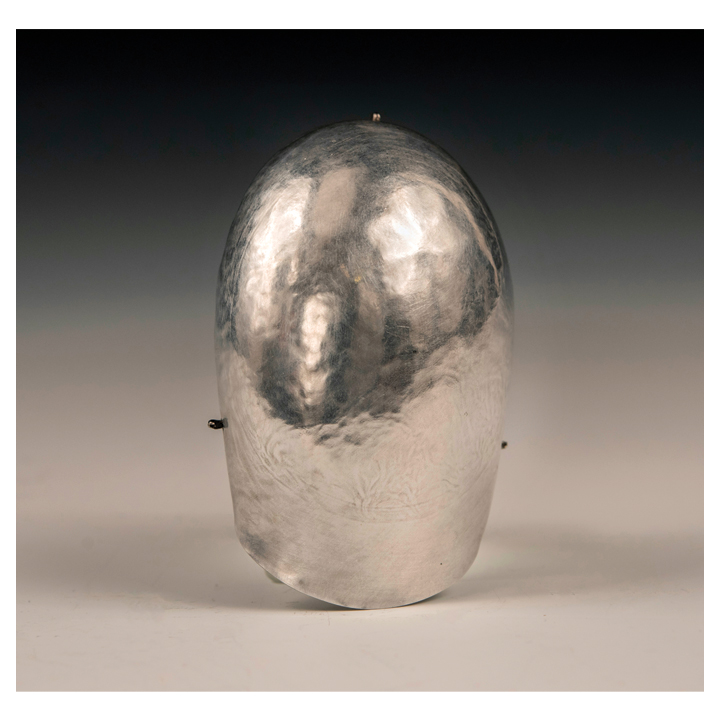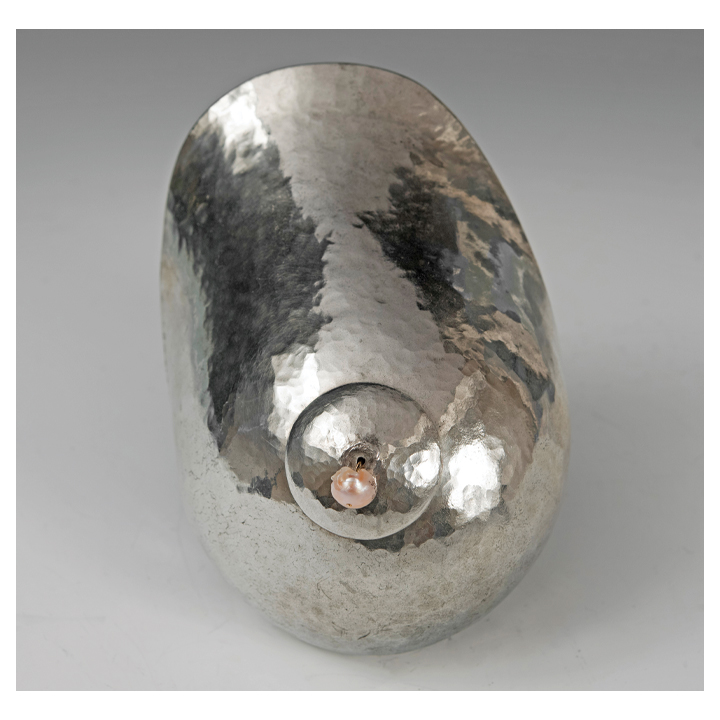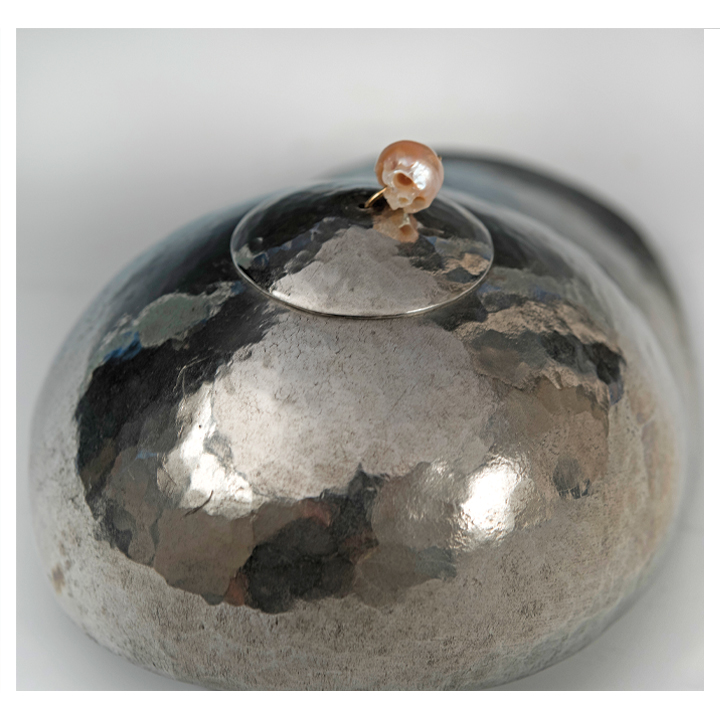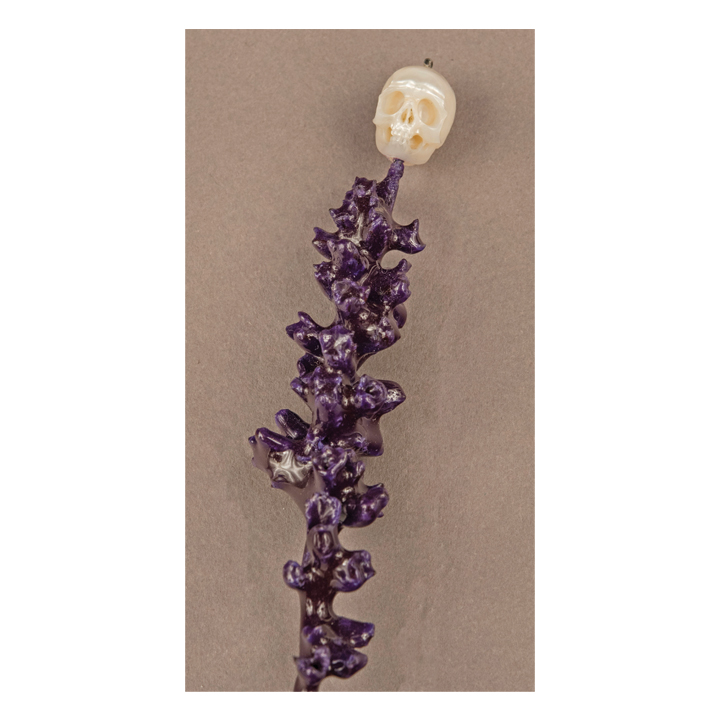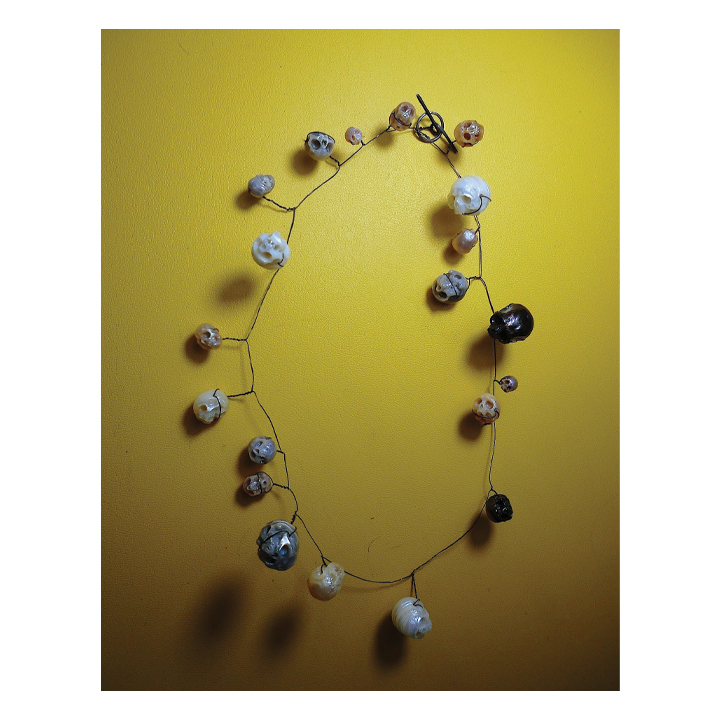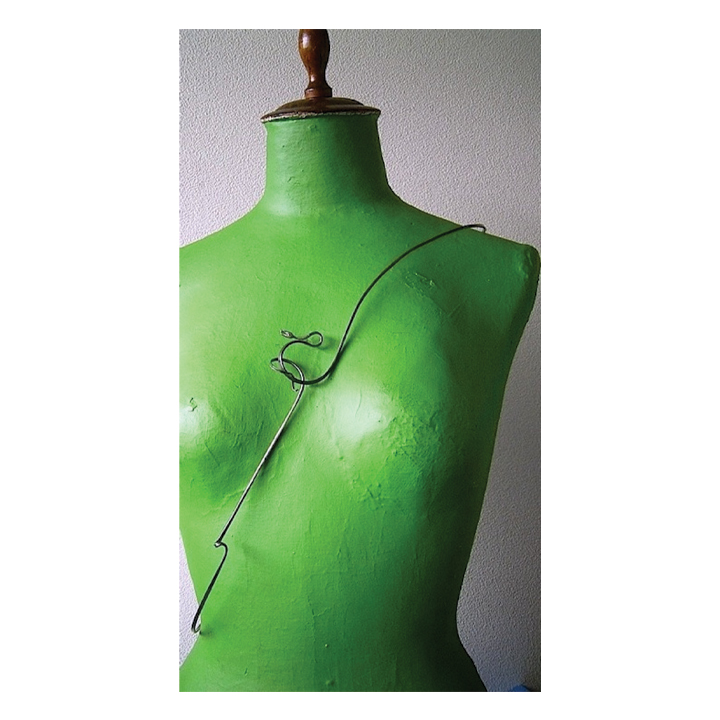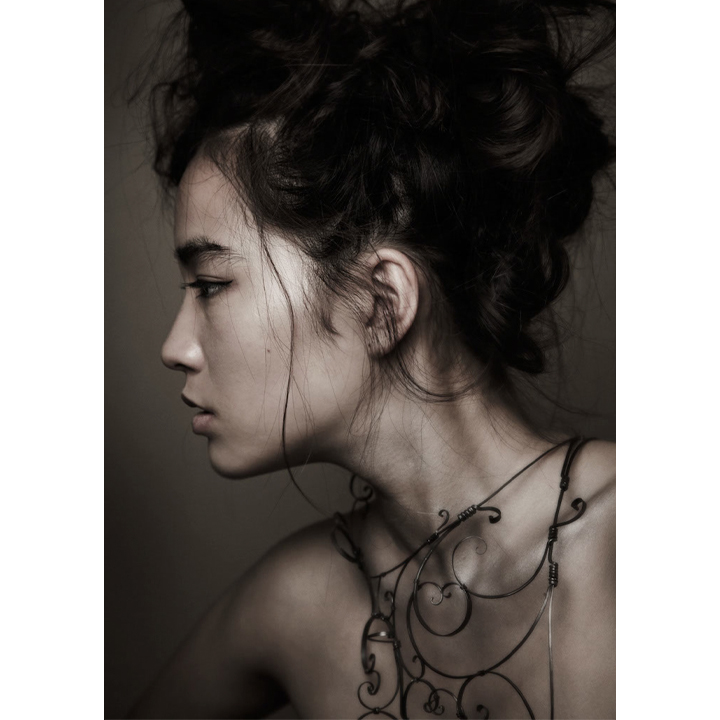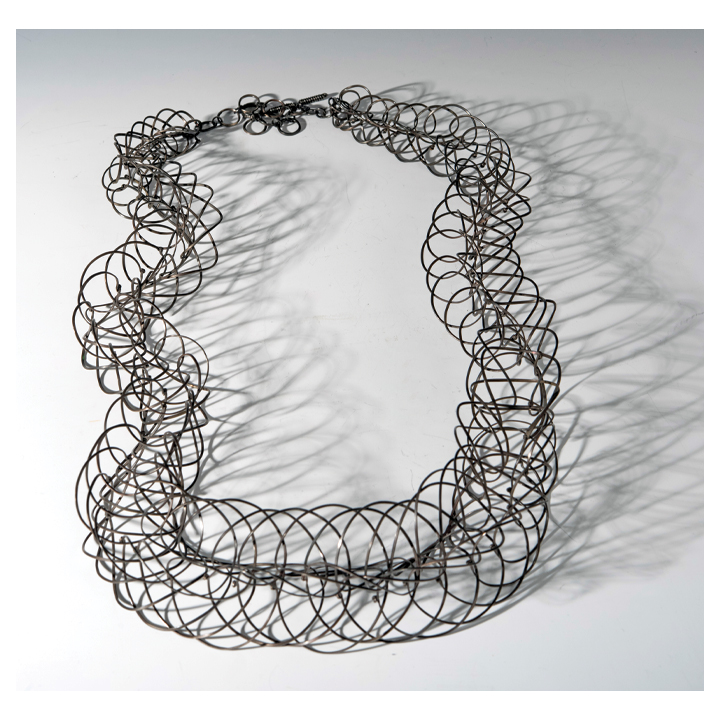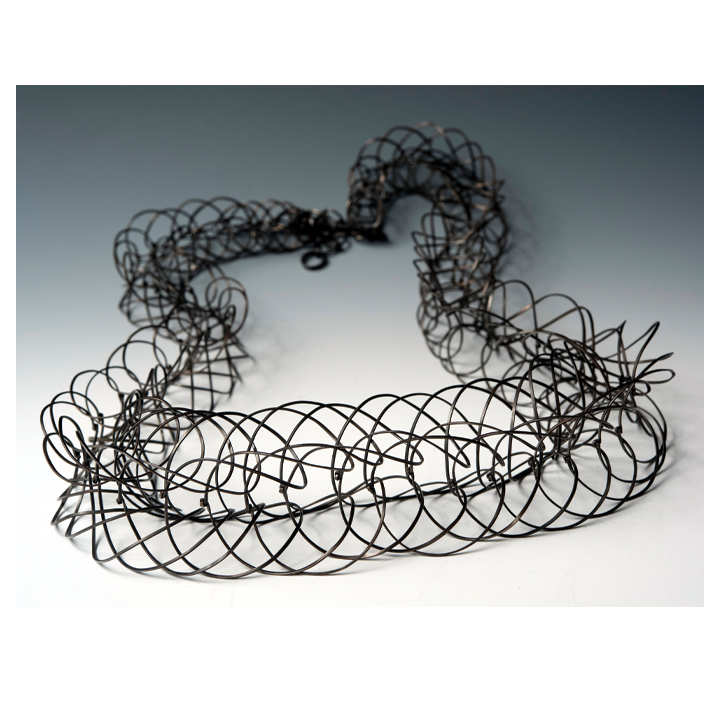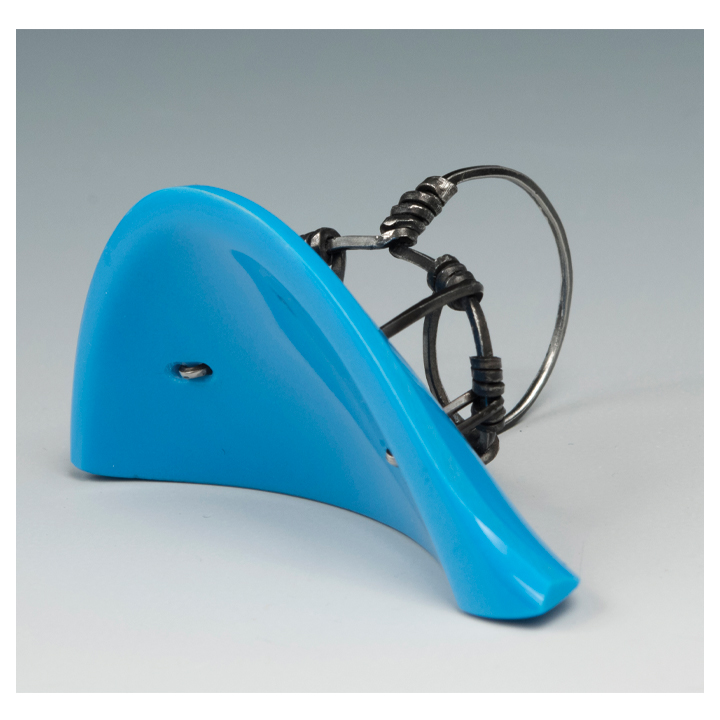Shinji Nakaba | UBUI ( First Time)
Shinji Nakaba Studio Tour
Shinji Nakaba / UBUI E-book
Disembodied Meaning: The Jewelry of Shinji Nakaba
by Toni Greenbaum
Shinji Nakaba (born 1950) is a contemporary Japanese jeweler who renders naturalistic, albeit ambiguous, images in minerals, shell, pearls, and steel, as well as upcycled aluminum cans and plastic bottles. When one views his labor-intensive works, reminiscent of Greek sculpture, Carl Fabergé, or Emil Gallé, it is astonishing to learn that Nakaba is essentially self-taught, except for a basic course at Hiko Mizuno College of Jewelry in Tokyo, which he attended in 1974. An avowed “hippie” in his youth, Nakaba eschewed formal education, preferring instead to dabble in dress- and shoe-making, clothing design, and even hairstyling. He came to jewelry through his love for historical styles—ancient Greek, Renaissance, Baroque, Rococo, and Art Nouveau—studying them voraciously in museums around the world, at antique shops, and in books.
I’ve known Nakaba personally since 2001, when he was stranded in New York City immediately following the attack on the World Trade Center. I was working at Julie: Artisans’ Gallery on Madison Avenue at the time, and he walked in wearing a ring that riveted me. It was cast in silver, which had been gold-plated, and was composed of four contiguous female body parts—head, torso, chest, and derriere—that encircled his finger. I asked him who made it, and since his English was limited and I don’t speak Japanese, I phoned a Japanese American artist to translate and was told that Nakaba had made it, himself, and that he was a jeweler specializing in glyptic art, a cameo-like technique that consists of hand sculpting organic substances, such as seashell and semi-precious stones. Nakaba recently informed me that the wax model for that ring was taken from versions he had previously carved in rock crystal. Arthur C. Danto (1924-2013), a philosopher, writer, and educator, who focused on aesthetics, defined art as embodied meaning. I consider Shinji Nakaba’s art disembodied meaning; and the vermeil “broken body ring” is a perfect example, as are his sculpted seashell torso and breast rings, foot brooch, and carved pearl pendants depicting portions of the human anatomy.
The concept of beauty is Nakaba’s guiding principle. Referring to it as “innocent beauty” he believes it has the potential for systemic redemption. He regards beauty as nothing less than a “guidepost for human survival,” essential for overcoming societal ills and capable of creating a “new order [and value system], which can be applied to other fields, lifestyles and industries.” He presents jewelry in an unconventional manner, by often engaging motifs associated with prurient pleasures. In addition to typical subjects, such as plants and flowers, he signals the unexpected through erotic imagery—a lone breast, buttock, or penis—carved with the utmost realism and then left plain, or mounted in gold or silver as a ring or brooch. Beauty, indeed, but an edgy beauty, full of surprises, some of them shocking, channeling both purity and decadence.
Clearly, Nakaba is no traditionalist, despite his reverence for the past. His aim is the modernization of historical traditions in order to interface with the present, along with the future. Pearls are arguably one of the most time-honored materials with which to make jewelry. Strung to form necklaces, or hung as earrings, they have been a standard of female adornment for millennia. Nonetheless, Nakaba—renegade that he is—has managed to subvert their conventionality by carving them into tiny truncated heads, eyes, fists, pudenda, and skulls. He gleefully turns these pristine gems into enigmatic objects, particularly the last, which he calls “fairy skulls.” He’s even stated that he believes pearls were “born to be carved into skulls,” perceiving the final format in their uneven contours. As to skulls’ association with death, Nakaba posits: “Making death a part of daily life leads to a better life….It is the artist’s mission to…blur the line between life and death, and coming from a heart without division or discrimination… innovations will be born.” His jewelry is like no other. You think you have it figured out, and then he throws you a curve in the form of a cranium, or a navel, a snake, or a finger. Exceedingly concerned about climate change, Nakaba wishes to use jewelry to promote the optimistic promise of a new age, one that celebrates what makes us human and prods us to coexist with nature.
Shinji Nakaba has a huge fan base (over 19,000 Instagram followers), and has been featured in exhibitions in the USA, as well as Europe—most recently Schmuck 2020—the UK, Argentina, and Mexico, along with myriad shows in Japan. His work is represented in numerous public collections, including the Museum of Fine Arts, Boston; Musée des beaux-arts, Quebec; Espace Solidor, Cagnes-sur-Mer; National Museum of Western Art, Tokyo; and Die Neue Sammlung, Munich.
Note: Quotes by Shinji Nakaba are taken from the following online interviews:
Makiko Akiyama, Klimt02, January 1, 2019.
Kenna McCafferty, Office, August 31, 2021.
Alyssa Shapiro (translated by Rika Noda), “The Hourglass,” Whisper Editions, April 7, 2016.
A collaborative video : Shinji Nakaba and Yutaka Minegishi
